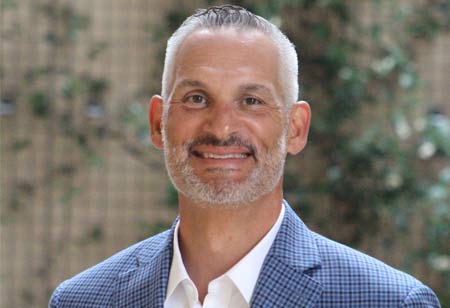Thank you for Subscribing to Healthcare Business Review Weekly Brief

New and Evolving Technologies Support Emerging Healthcare Staffing Solutions
Healthcare Business Review
In June 2020, nearly three-quarters (74%) of respondents to a LocumTenens.com survey reported that their healthcare organization had increased their use of telehealth services due to COVID-19, with almost half (44%) reporting they had invested in new technology solutions to be able to communicate with patients remotely. Two years later, those numbers remain strong and are growing, as the pandemic created conditions that were incredibly conducive to delivering healthcare services remotely. That’s not the only way in which telehealth is transforming healthcare. Newly adopted technologies, combined with hybrid and flexible staffing solutions, are the key to continuing to address complex patient care needs. Good strategies also help tackle entrenched physician shortages, and issues like burnout.
Hybrid and Flexible Staffing
Telehealth solutions afford patients, clinicians, and healthcare facilities convenience when it comes to receiving and delivering healthcare services, but it’s not necessarily a one-size-fits-all proposition. Flexibility is key, and many healthcare administrators are recognizing that using LocumTenens providers to fill both short term needs and to cover extended, multi-year engagements using telehealth makes good strategic sense.
Hybrid staffing is an emerging model that pairs a locum tenens clinician with an opportunity that includes both face-to-face and virtual healthcare, extending the reach of specialty physicians and solving challenges for rural, remote, or communities caused by lack of clinicians. Providers like Dr. Miechia Esco, a vascular surgeon focused on full-time LocumTenens work and licensed in 15 states, spend a designated amount of time in a community to establish patient care, and then conduct patient follow-up remotely from a home base. It’s a solution that results in consistent and quality patient care, and because she works as a LocumTenens, Dr. Esco has more control over her own schedule, which contributes to her well-being and helps her avoid burnout.
“Working at LocumTenens allows me to cut down on the administrative duties that burden permanent physicians and advanced practitioners,” Dr. Esco reports. “Not only am I able to spend quality face-to-face time with my patients, having fewer administrative tasks on my plate allows me to spend more time and create stronger connections with the patients I serve, which is ultimately what drives my passion for medicine.”
Dr. Esco’s situation is unique and works best for her, and for the facilities that she serves, and the beauty of telehealth is that we can now build programs that solve specific challenges on a case-by-case basis in ways that we could not in the past. Working together with care teams and administrators, we can build an entire telehealth program from the ground up, or simply improve or supplement an existing program.
Investing in Technology to Ensure Quality Care
Technology is playing an increasingly important role in our ability to efficiently and effectively credential LocumTenens providers. New advances are streamlining the placement process and allowing us to fill vacancies more quicklyto ensure quality care delivery.
Working together with care teams and administrators, we can build an entire telehealth program from the ground up, or simply improve or supplement an existing program
Optimizing your workforce relies on access to real-time information regarding a clinician’s credentials, which became increasingly important during the early days of the pandemic, when healthcare workforce readiness and elasticity was critical. The strides that the industry has made in response to the extraordinary healthcare needs of the past two years will continue to deliver in terms of getting physicians and APPs into positions where they are needed more quickly.
Credentialing requirements vary from state to state, so national healthcare staffing firms face the challenge of meeting stringent vetting and credentialing standards for themselves and the customers they serve. Recruiting, matching, and placing providers into roles – particularly those who work temporary or flexible schedules -- has become increasingly time-consuming. Fortunately, robotic process automation (RPA) and connected verification networks, like Axuall, represent a competitive advantage for staffing firms seeking to remove friction, cost, and inefficiency in the process.
Although both LocumTenens staffing and telemedicine have been around for a long time, the pandemic exacerbated the demand for both, and in the process, shined a light on the new ways in which we can leverage technology and temporary staffing to solve big problems and ensure that patients get the care they need, wherever they are.









